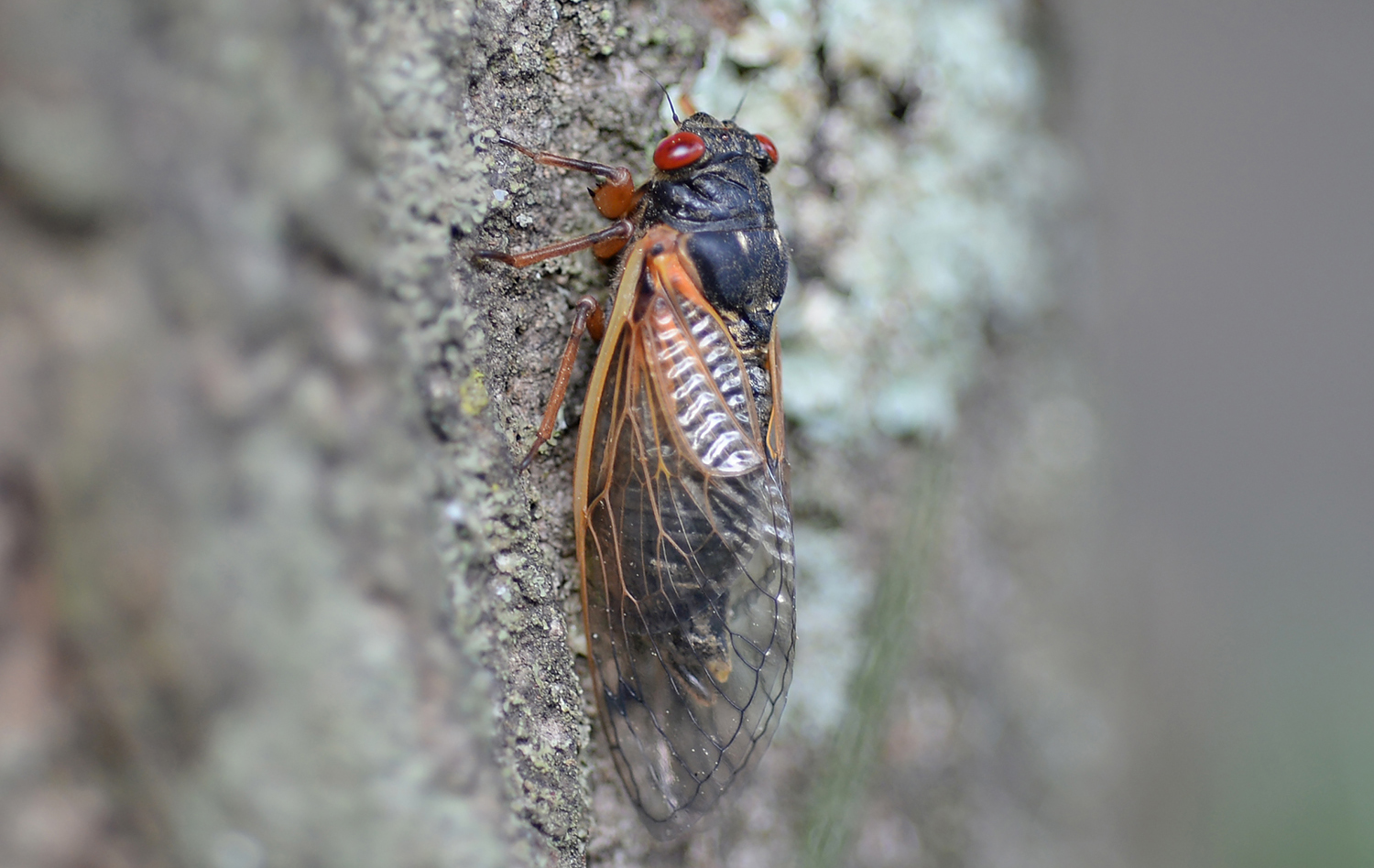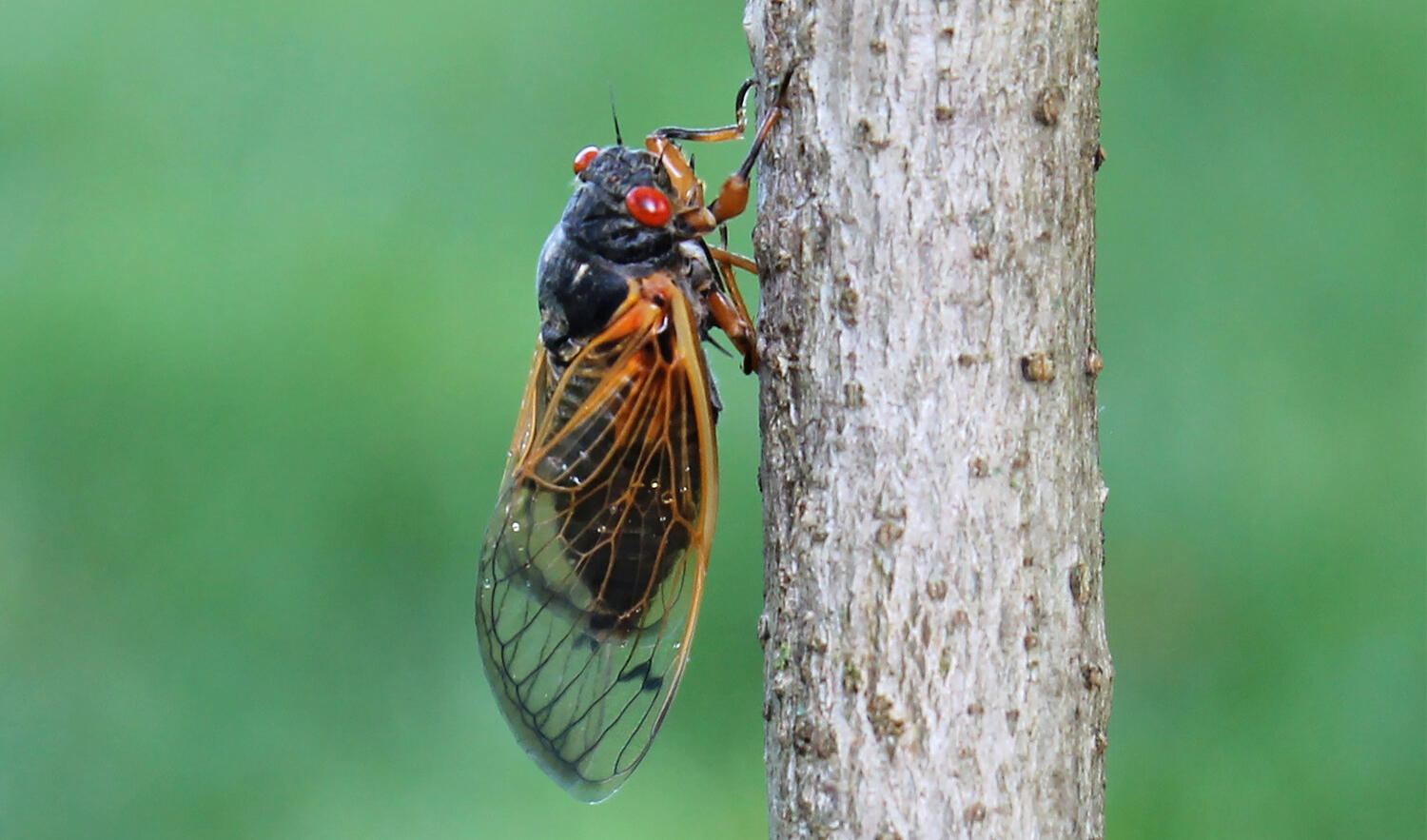Travel & Outdoors
The Great Cicada Invasion Returns to Maryland
After 17 years, the winged insects will once again ascend throughout the state.

A natural wonder is about to take place in the state of Maryland, and with every ounce of his being, Michael Raupp is here for it.
You might have heard the University of Maryland professor emeritus of entomology talking about it on the morning radio or nightly news. He’s a bonafide bug expert, featured on the likes of the Today Show and Good Morning America. And right now, he’s particularly excited about the massive number of cicadas about to emerge here for the first time in 17 years.
“This is the Super Bowl for cicada researchers,” says Raupp, who lives in Columbia. “This is a spectacular natural event that happens but just a few times in a human’s lifetime. It’s going to be full of every interesting element of biology and natural history. There’s going to be birth, death, sex, adventure. And it’s coming to your own backyard.”
There are two types of cicadas—annual cicadas, also known as dog-day cicadas, which appear every year from July to September—and periodical cicadas, which arise every 13 or 17 years from May through June. Different species of periodical cicadas are broken up into geographically defined broods, such as Brood X, which live between Georgia and New York.
They evolved here millions of years ago, with their life cycles spent mostly underground, where they feed on tree roots, emerging so rarely and in such large numbers to ward off potential predators, solely to reproduce. And on that 17th year, when the cicadas of Brood X finally arrive, as if by some ancient clockwork, they will do so only once the soil reaches approximately 64 degrees.
“It’s a cue that the world is now warm enough for them to come up to earth,” says Raupp. “First thing they do is get up, make a mad dash for any tree or vertical structure. They shed their skins, harden their exoskeleton, fly up into the treetops, and begin the big romance. These are teenagers, they’ve been under ground for 17 years. It’s been a real COVID experience down there . . .They sing their hearts out, mate, lay eggs, and their puny little lives will be over in four to six weeks.” The offspring will then fall back to the ground, not to return again until 2038.


Of course, the ascension of so many winged insects—with an estimated one million per acre in certain areas—is not everyone’s idea of a good time, but Raupp has been intrigued by nature since childhood. Growing up in New Jersey, he once dreamed of becoming the next Jacques Cousteau, before eventually being drawn toward entomology in college.
“Those guys were always outside running around with bug nets in T-shirts and sneakers—I thought that sounded like a good career,” says Raupp, who earned his master’s degree at College Park. It was here, during the last cicada emergence in 2004, that he was asked to help handle the bug’s poor public relations—a quest that’s become a calling. His Bug of the Week blog and YouTube series has thousands of views each month.
“At the time, media outlets said, ‘Oh my god, it’s going to be the plague,’” says Raupp. “Part of my mission is to try to open up people’s minds to the wonders and fascination of insects. Especially youngsters, to help them become ambassadors for the natural world.”
At least some of the hysteria surrounding 17-year-old cicadas has to do with their location, as large populations of cicadas ultimately intersect with large populations of humans. Maryland will be the epicenter, with Brood X’s largest concentration having taken root in the region eons ago, where perhaps trillions of cicadas will begin to emerge at the end of the month. There will be relatively few on the Eastern Shore or in Southern Maryland, says Raupp, but plenty in and around Baltimore, particularly in green spaces, like Oregon Ridge Park.
“If you live in an area that had cicadas in 2004, you’re highly likely to have them again, and if you didn’t, it’s unlikely you will,” he says. “And if you don’t know, ask your neighbors.”
A nuisance to some, cicadas are harmless to humans—any mid-air insect is simply trying to get to the treetops to find a mate—though they might make pandemic-friendly outdoor dining “even more memorable,” says Raupp. They’ll be petering out by the first days of summer, but while they’re here, he’ll be conducting several studies, including on the potential impacts of urbanization and climate change.
“We’ve had a dreary year with COVID, we’ve had political unrest, we’ve had social injustice—this is your chance to get out of the house, go outside in the sunshine, and witness something that exists nowhere else in the universe,” says Raupp. “And if you really can’t take it, just go to Ocean City. Get out town for a few weeks.”